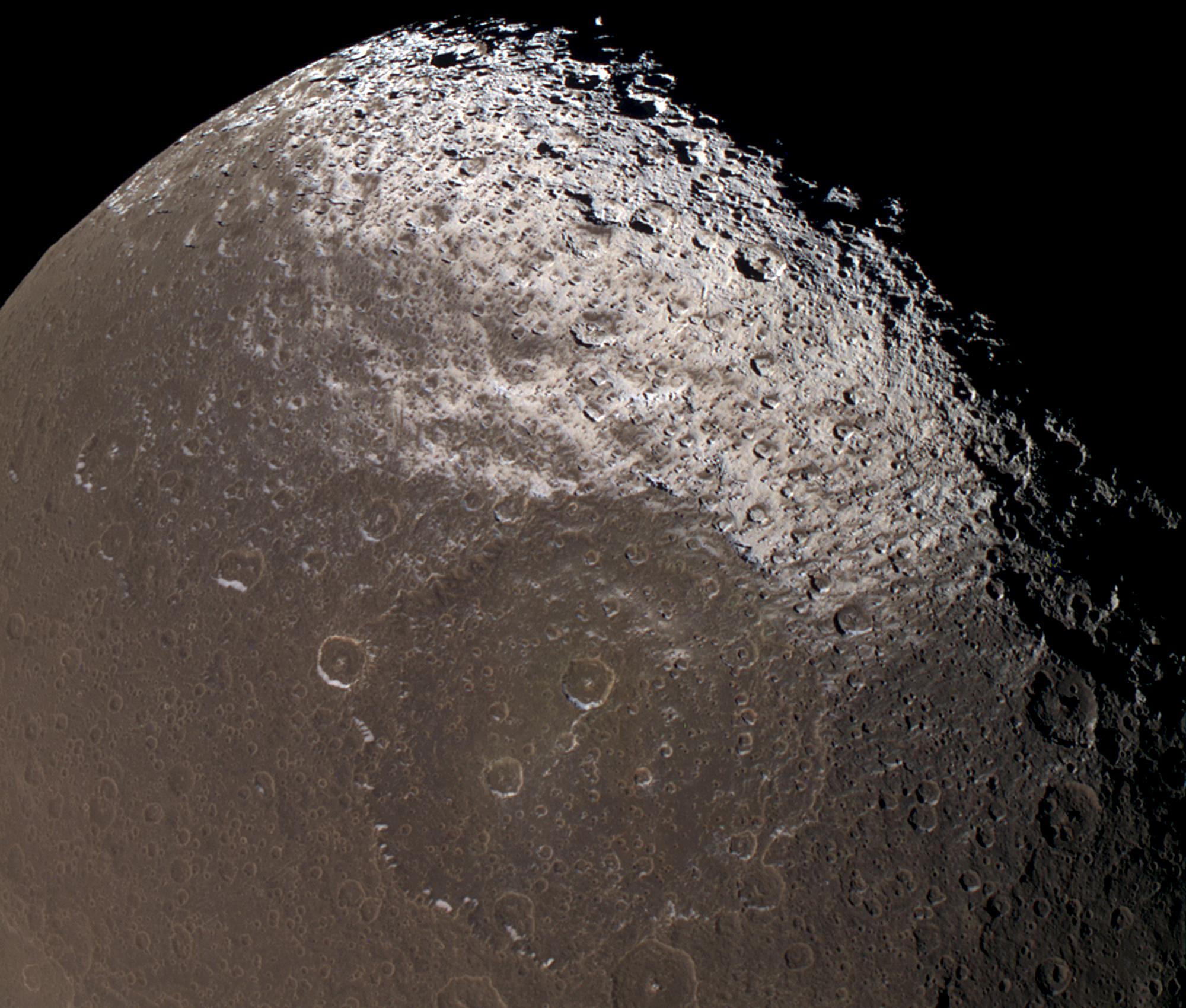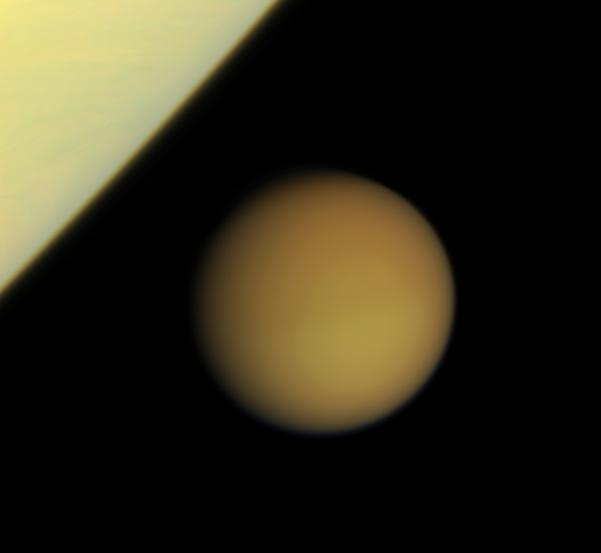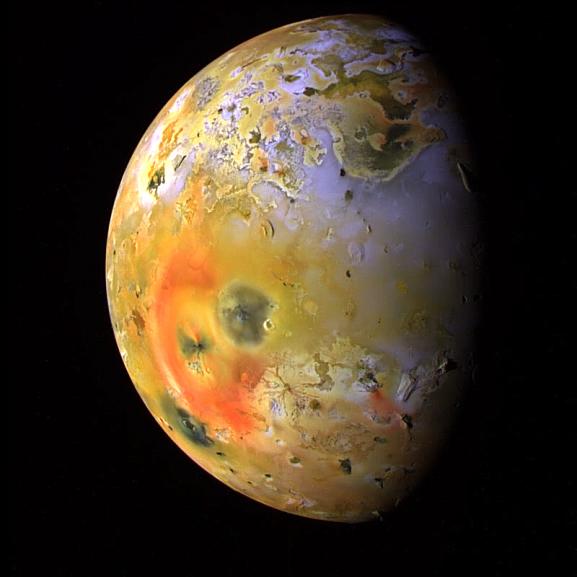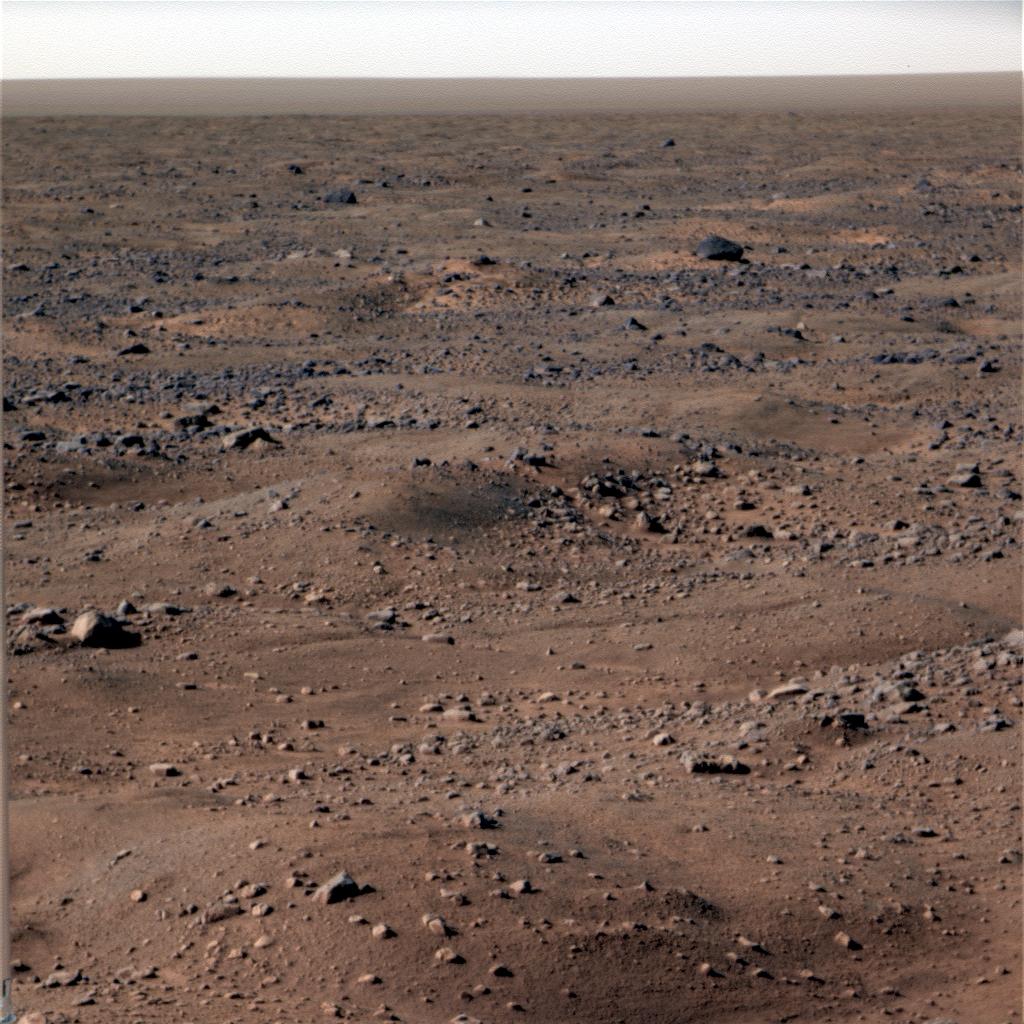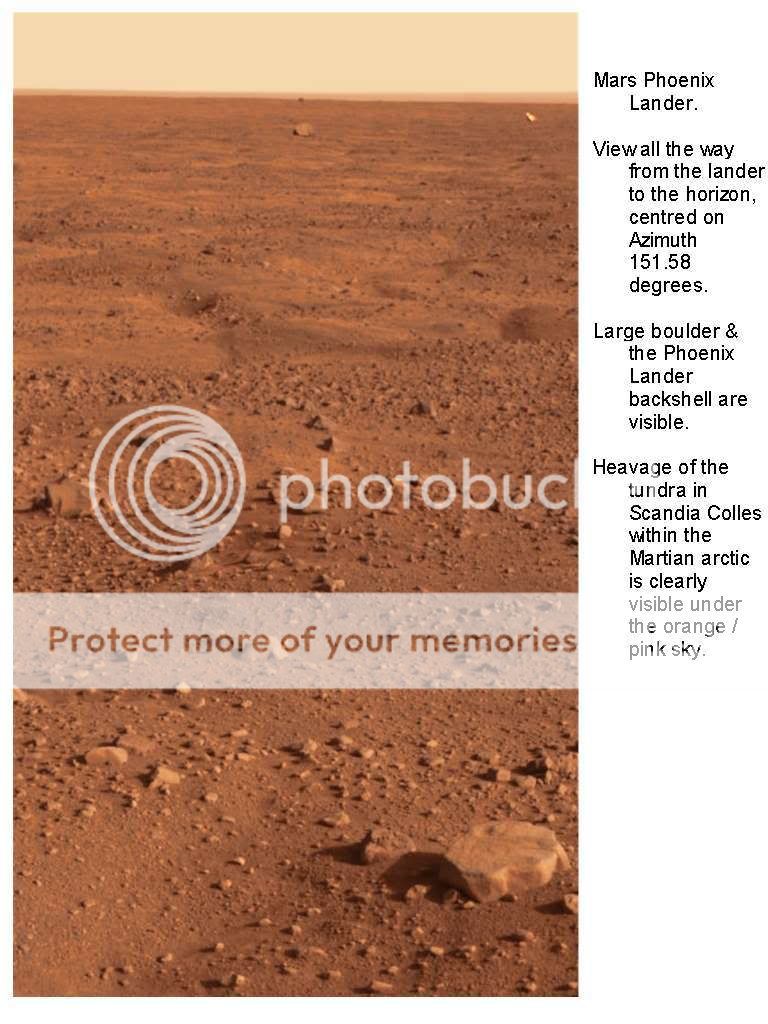L
lucaswelby
Guest
I have a noob question that I haven't been able to figure out from google. Why do all these awesome modern planetary missions only send back black and white photos (amongst their other data)?
The black and white photos are beautiful of course and must be of great scientific value but I was recently looking at the New Horizons site and they say there is enough light on the surface of Pluto for a human to read a book (http://pluto.jhuapl.edu/overview/faqs.php#whatSee). I would have thought that if there is that much visible light out that close to the Kuiper Belt surely Cassini should be able to send back true color photos of Saturn's moons? (or from robots on Mars or at least from Messenger of Mercury!?) The recently released Voyager photos of Despina transiting Neptune are in colour and look awesome (http://antwrp.gsfc.nasa.gov/rjn/apod/ap090903.html). That's decades ago and so far away. Is that false colour?
My question is really why are the sites for today's planetary missions filled with black and white photos if there is a significant amount of visible light out there?
thanks to anyone who can explain this for me
The black and white photos are beautiful of course and must be of great scientific value but I was recently looking at the New Horizons site and they say there is enough light on the surface of Pluto for a human to read a book (http://pluto.jhuapl.edu/overview/faqs.php#whatSee). I would have thought that if there is that much visible light out that close to the Kuiper Belt surely Cassini should be able to send back true color photos of Saturn's moons? (or from robots on Mars or at least from Messenger of Mercury!?) The recently released Voyager photos of Despina transiting Neptune are in colour and look awesome (http://antwrp.gsfc.nasa.gov/rjn/apod/ap090903.html). That's decades ago and so far away. Is that false colour?
My question is really why are the sites for today's planetary missions filled with black and white photos if there is a significant amount of visible light out there?
thanks to anyone who can explain this for me


